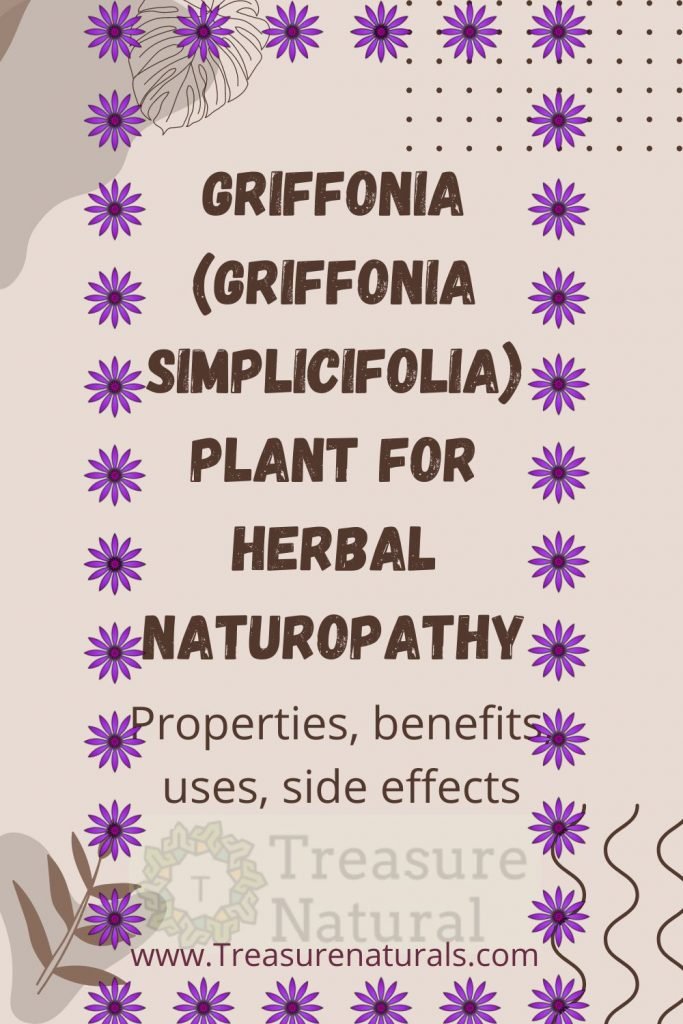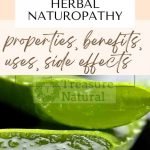
Griffonia (Griffonia simplicifolia) is a plant of the Leguminosae family. Useful against depression, anxiety and insomnia, it increases the levels of serotonin in the body. Let’s find out better.
Property of griffonia
The seeds of griffonia contain 5-hydroxy-tryptophan (5-HTP), a precursor of serotonin, the “feel-good hormone”, which in our body is involved in various physiological functions, including the regulation of mood, sleep and appetite.
Serotonin is a neurotransmitter synthesized by our body, starting from tryptophan, an amino acid defined as “essential” because the human body is unable to produce it, and for this reason it can only be taken through food.
5-HTP is an intermediate step of this synthesis, therefore, by taking Griffonia, it is possible to naturally increase the levels of serotonin in the body.
Griffonia is in fact used today with good results as a natural antidepressant for the treatment of mild or moderate depression; in states of anxiety; in seasonal depressions and insomnia, as it raises serotonin levels and regulates the sleep-wake cycle (circadian rhythm)
The use of griffonia has also proved useful for the control of nervous hunger, which often causes an incoercible desire for food, in particular carbohydrates and simple sugars contained in sweets.
How to use
300-600 mg dry extract in tablets or capsules between meals, distributed over 2 daily doses
Contraindications of griffonia
Taking griffonia can lead to some minor side effects, such as nausea, bloating and heartburn.
Before proceeding with its use, it is always better to consult a doctor and avoid it in case of pregnancy, lactation and sensitivity to the caffeine contained in the plant.
Description of the plant
Large woody shrub that can reach 3 meters in height, flowers with greenish calyx and corolla, gathered in cluster inflorescences.
The seeds have a discoid shape, take on a blackish color when they reach maturity and are similar to beans enclosed in pods, which is why it is also called “African bean“.
The habitat of griffonia
Native to the tropical and humid regions of central-western Africa, widespread mainly in Ghana, Ivory Coast, Togo.
Background
Griffonia was used in full already in the ancient African tradition: the bark and the root as a stick to chew; the leaves to heal wounds, while the juice extracted as an enema and to treat kidney disorders; the decoction of the leaves against vomiting and as an aphrodisiac; the mash of the bark as a plaster on slight lesions.
Scientific interest in griffonia began in the 1980s, when synthetic tryptophan was used as an antidepressant and against insomnia. However, in the USA there were cases of severe reactions to the use of this synthetic amino acid, for which it was banned by the FDA (Food and Drug Administration).
It was later discovered that the problems had been caused by contaminating foreign substances contained in a supply of synthetic tryptophan, but the prohibition on the use of synthetic tryptophan supplements remained.
This prompted research to find natural sources of this amino acid, alternatives to synthetic products, and it was thus that the virtues of Griffonia were discovered, which forcefully became part of the baggage of modern Western herbal medicine.






